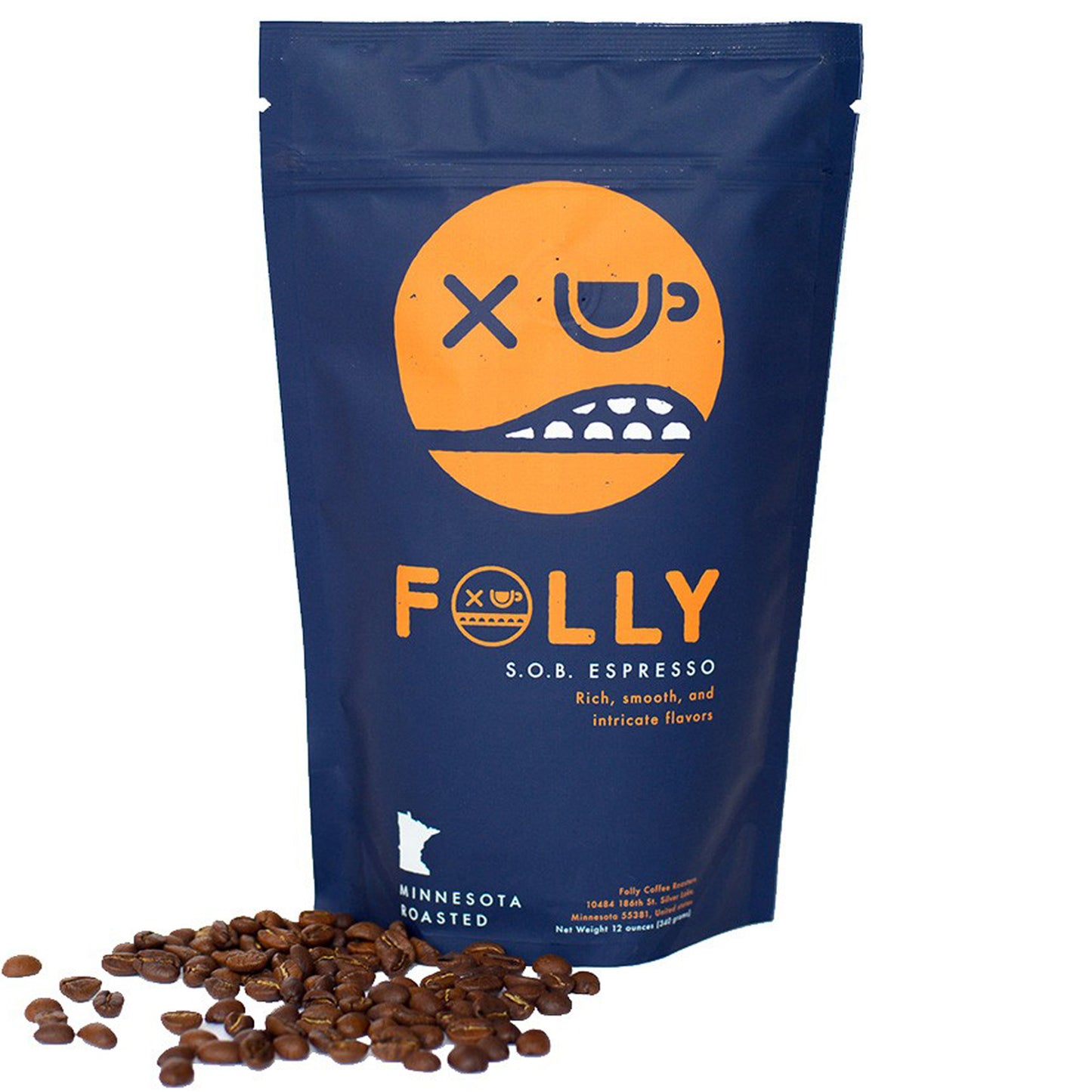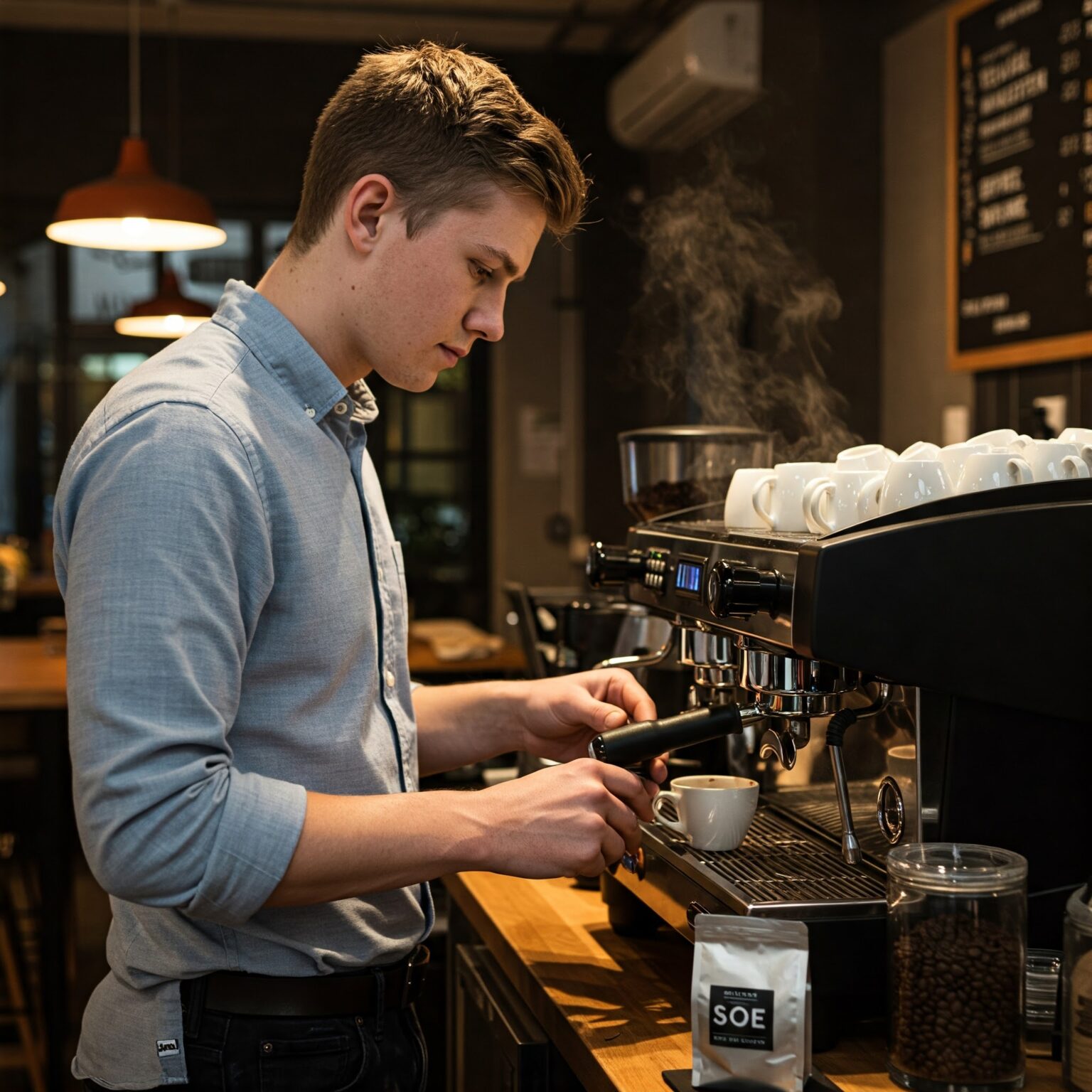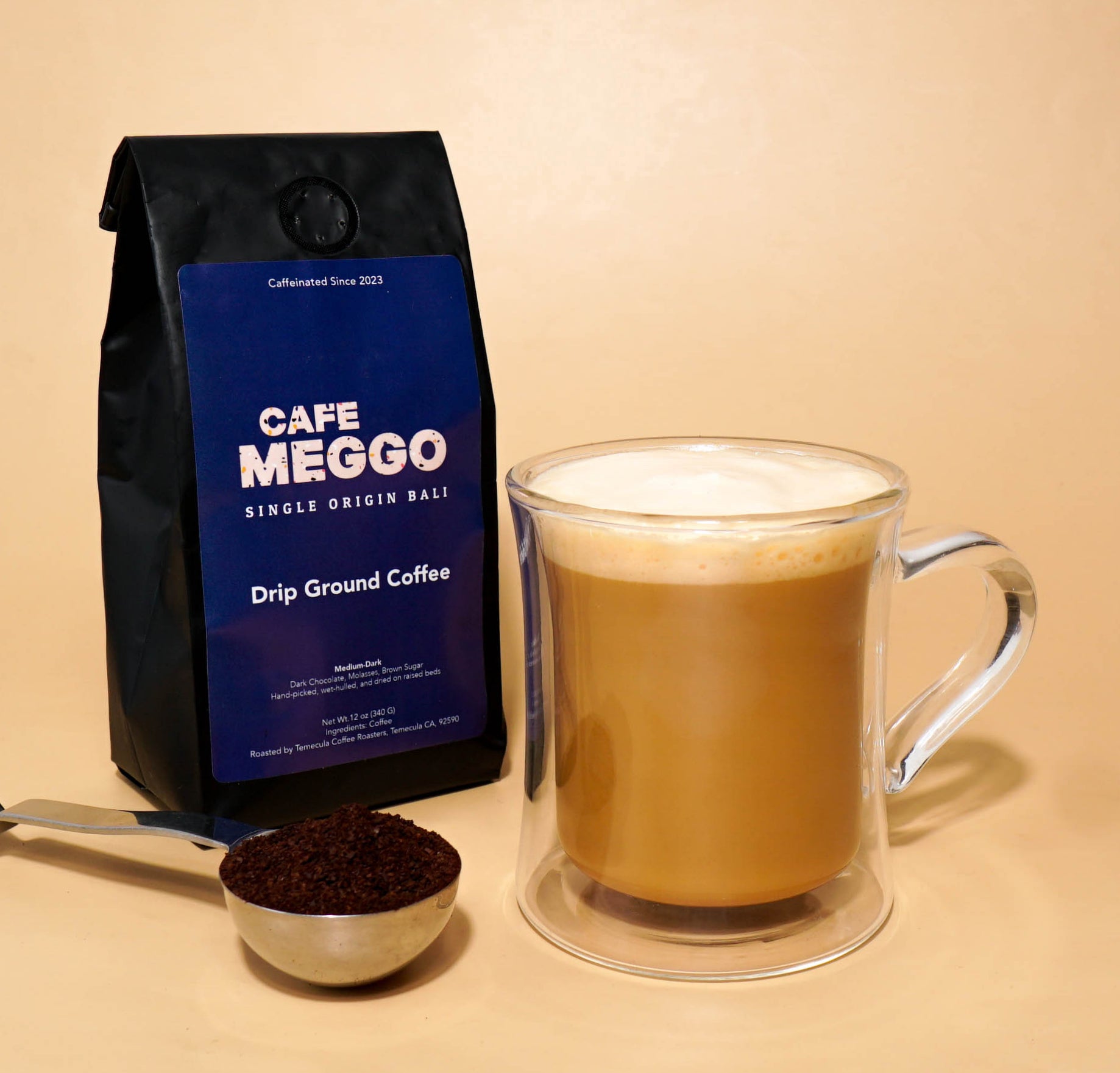Exploring the Rich Flavors of Coffee Beans: a Deep Dive Into Espresso and Blended Coffee Beans
When you check out the rich tastes of coffee beans, you reveal a complex globe where each selection brings its very own character to your cup. Understanding the origins, refining approaches, and roasting techniques can transform your coffee experience. As you navigate via the art of espresso and the creativity behind blended coffees, you'll start to value the nuances that make each sip special. What you'll find following may change the way you appreciate your early morning mixture.
The Origins of Coffee Beans: Checking Out Terroir and Taste Profiles
When you take a sip of coffee, you're not just enjoying a beverage; you're experiencing an abundant tapestry of flavors formed by the beans' origins. Each region produces one-of-a-kind taste accounts affected by soil, elevation, and climate. Beans from Ethiopia typically break with brilliant, fruity notes, while those from Colombia tend to use a balanced, nutty sweet taste.
As you explore various beginnings, you'll notice just how terroir-- the environmental variables affecting a plant-- plays a vital function - Single Origin Espresso. The exact same coffee variety can taste significantly various depending on where it's expanded
When you consider these aspects, you start to appreciate the intricacy behind your mug. Each sip narrates of the land and the farmers that nurtured the beans. Following time you indulge, assume concerning the journey your coffee took before it reached your hands, and enjoy those detailed tastes that mirror its beginning.
Comprehending Espresso: The Art and Scientific Research Behind the Mixture
When you consider coffee, it's not practically the strong flavor; it's also about the techniques that bring it to life. Understanding how different preparation methods impact taste can change your brewing experience. Allow's discover the complexities of espresso preparation and reveal the distinct flavor accounts that make each mug special.
Espresso Preparation Methods
Espresso prep work is both an art and a scientific research, incorporating exact strategies with a deep understanding of coffee. To start, you'll want to pick high-grade, fresh roasted beans and grind them finely for excellent extraction (Single Origin Espresso). The grind size is essential; too crude, and your coffee will be weak, too great, and it'll be bitter
Following, tamp the grounds equally in the portafilter to ensure uniform extraction. When you secure it right into the equipment, goal for a brewing temperature in between 190 ° F and 205 °
F.As you pull the shot, watch for the perfect removal time-- around 25-30 secs. The result needs to be a rich, velvety espresso with a stunning layer of crema on top. With method, you'll master these techniques.
Flavor Accounts Discussed
The world of espresso uses an abundant tapestry of taste accounts that can boost your coffee experience. Light roasts often display intense acidity and vivid tastes, while dark roasts present deeper, bolder tones.
Understanding these profiles aids you pick the appropriate coffee for your taste. Explore various blends can reveal unusual combinations. A well-crafted mix may harmonize the bright notes of an Ethiopian bean with the abundant, chocolatey touches of a Brazilian bean. Accept the journey of discovering espresso's diverse tastes, and you'll transform your coffee ritual into an amazing adventure.
Processing Methods: How They Impact Taste and Aroma
While it might appear that the beginning of coffee beans is the most significant factor in establishing their taste and scent, the processing approaches utilized post-harvest play a just as essential duty. You'll discover that these methods can drastically change the final preference profile of your mug.
For example, the washed procedure removes the fruit from the beans prior to fermentation, frequently bring about a cleaner, brighter taste. The all-natural procedure leaves the fruit undamaged throughout drying out, resulting in a sweeter, fruitier account.
Other approaches, like honey processing, strike an equilibrium, permitting some fruit mucilage to remain, offering an one-of-a-kind complexity.
Each processing technique connects with the beans' inherent features, enhancing or silencing specific tastes and scents. So, when you sip that espresso or mixed coffee, keep in mind that the trip from cherry to cup is affected not simply by beginning yet also by how those beans were processed.
Toasting Techniques: Opening the Full Possible of Coffee Beans
Roasting strategies are vital for revealing the full potential of coffee beans, as they change raw, eco-friendly beans right into the aromatic, tasty coffee you take pleasure in. The option of toasting approach-- light, tool, or dark-- substantially affects taste accounts.
You can trying out roasting times and temperature levels to discover your ideal brew. A slower roast at reduced temperature levels allows for complicated flavors to create, while a quicker roast can heighten bitterness. Focus on the cracks during toasting; the first split shows a light roast, while the second fracture signals a dark roast. By mastering these strategies, you'll reveal a world of flavor, boosting your coffee experience to new elevations. Enjoy every sip, recognizing the treatment that entered into your mug!
The Magic of Blended Coffee: Creating Distinct Flavor Experiences
Developing an unique taste experience with blended coffee can transform your early morning ritual right into an exploration of preference. By combining different beans Single Origin Espresso from various regions, you can reveal a harmony of flavors that elevate your mug to brand-new elevations. Each blend deals a distinct profile, stabilizing sweetness, body, and acidity to produce something really unique.
When you select a mix, you're not simply selecting a coffee; you're choosing a trip throughout diverse landscapes and cultures. Trying out various mixes allows you to uncover your personal faves, whether you appreciate fruity notes or abundant, chocolatey undertones.

Tasting Notes: Acknowledging the Nuances in Your Cup
As you sip your coffee, you might observe a range of flavors dancing on your taste buds, each revealing the ins and outs of the beans. You may taste the intense level of acidity similar to citrus or the deep, rich notes similar to dark chocolate. The sweetness can stimulate honey or caramel, stabilizing the total account wonderfully.
Take note of the body of the coffee-- does it really feel light and airy, or is it complete and velvety? The finish, as well, uses hints; a sticking around aftertaste may hint at nuttiness or floral undertones.

Do not forget to discover the one-of-a-kind characteristics of various beginnings, as each region gives distinctive tastes - Single Origin Espresso. For circumstances, Ethiopian coffees typically existing fruity notes, while Colombian beans might display an extra rounded sweetness. By recognizing these subtleties, you'll deepen your gratitude for every mug, boosting your coffee experience to new heights

Brewing Approaches: Optimizing Taste Extraction for every single Bean
When you discover the different developing techniques, you'll find that each method can considerably influence the flavor account of your coffee. From French press to pour-over, each method removes various substances, improving or silencing certain notes. Making use of a French press enables oils to remain in the mixture, producing a richer preference, while pour-over stresses quality and brightness.
Temperature level and grind size additionally play important functions. A coarser work works best for cold brews, while a fine grind is suitable for espresso. Exploring with water temperature level-- in between 195 ° F and 205 ° F-- can disclose hidden flavors, also.
Don't ignore soaking time; a fast removal can lead to sour notes, while over-extraction might yield bitterness. By readjusting these variables, you can make best use of taste extraction and absolutely elevate your coffee experience. Appreciate the journey of discovering what technique best matches your taste!
Regularly Asked Concerns
What Is the Perfect Water Temperature Level for Brewing Coffee?
The excellent water temperature for brewing coffee's in between 195 ° F and 205 ° F. If you make use of water that's too hot, you'll over-extract tastes; also cool, and you will not remove enough. Go for that pleasant spot for the very best brew!
How Does Grind Dimension Influence Coffee Flavor?
Work dimension substantially impacts coffee flavor. Finer grinds remove a lot more tastes and oils, causing a bolder preference, while coarser grinds return a lighter flavor. Adjusting grind dimension helps you achieve your desired coffee account.
Are There Wellness Benefits Associated With Alcohol Consumption Coffee?

What Is the Difference Between Arabica and Robusta Beans?
Arabica beans are smoother and sweeter, typically including fruity flavors, while robusta beans are more powerful with a bitter preference and greater high levels of caffeine web content. You'll see these distinctions in scent and brewing experience.
Exactly How Can I Shop Coffee Beans for Quality?
To save coffee beans for quality, keep them in an impermeable container, away from warmth, light, and dampness. You'll keep their flavor much longer if you only grind what you require right prior to developing.
Exploring the Abundant Tastes of Coffee Beans: a Deep Dive Into Coffee and Blended Coffee Beans.
When you explore the rich tastes of coffee beans, you discover an intricate globe where each range brings its own personality to your cup.When you take a sip of coffee, you're not just appreciating a drink; you're experiencing an abundant tapestry of tastes shaped by the beans' beginnings.Roasting strategies are necessary for exposing the full potential of coffee beans, as they change raw, environment-friendly beans right into the aromatic, flavorful coffee you enjoy.As you sip your coffee, you might notice a spectrum of flavors dancing on your taste, each disclosing the ins and outs of the beans.